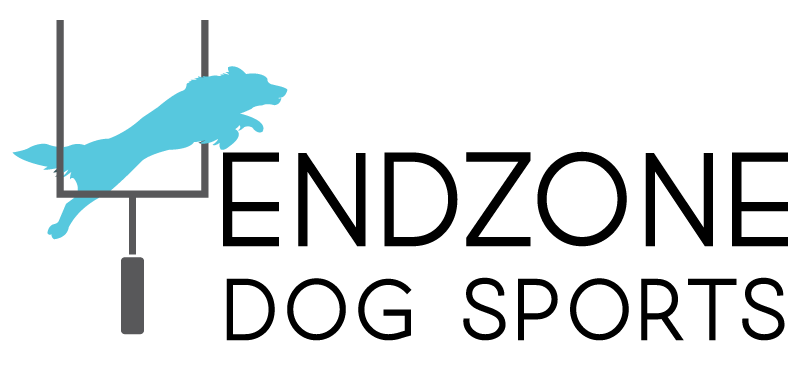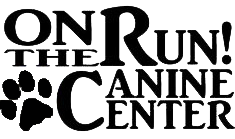
Reinforcement procedures can make or break your dog’s heel position. The method you use to reward your dog for heeling should be designed to ensure that potential issues, like forging or wide heeling, are not unintentionally built into the performance.
Reinforcement procedures for heeling are unique to each dog and handler team and depend on many factors. Here is a video of one of the reinforcement procedures I use to build a precise heel position with Differ. Differ is a small dog, weighing nine pounds and standing at 11 inches at the withers. She needs to learn to stay close to me and hold her position.
When I want to reinforce her, I use a mouth click and then move my left hand to the side of my left leg, where her head would be if she were in perfect heel position. I do not bring the food to her mouth nor lure her back into a perfect position when it’s inaccurate. Her mouth needs to move to my hand, where a perfect position would be. The placement of my hand will eventually cause her to want to remain in that position.
Differ is learning to maintain heel position while I’m moving. She has previously been been taught to pivot left and line up in heel position.
A few things to note in this video:
1) I always pause a moment before I give the cue to move forward (“strut”). Pauses are essential before moving forward during heeling, so build them in right from the start.
2) Differ leaps upward a lot, which I don’t care about. In fact, I like it, and even though it would be penalized during a heeling performance, it’s her way of trying to maintain position during the first step and will eventually disappear.
3) I never move my hand before or during the click – mouth click, pause, then hand movement.
4) I’m not concerned that she’s not in perfect heel position at this stage.
5) She has not been taught to sit when I stop moving or when she lines up in heel position.
6) She is wearing a neck gaiter, not a collar.
How do you reinforce your dog for heel position?


0 Comments